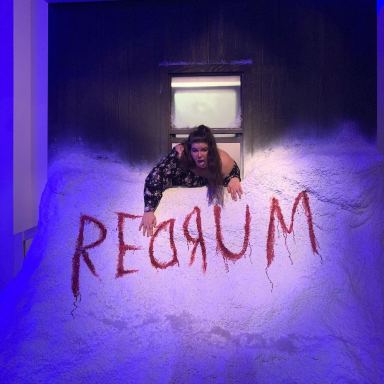4 Horrifying Movies That Predict What Nuclear War May Look Like For Survivors
A disclaimer for ‘The Day After’ warns viewers that it is fictional and a real life nuclear war would be “much worse” than what was depicted on screen.
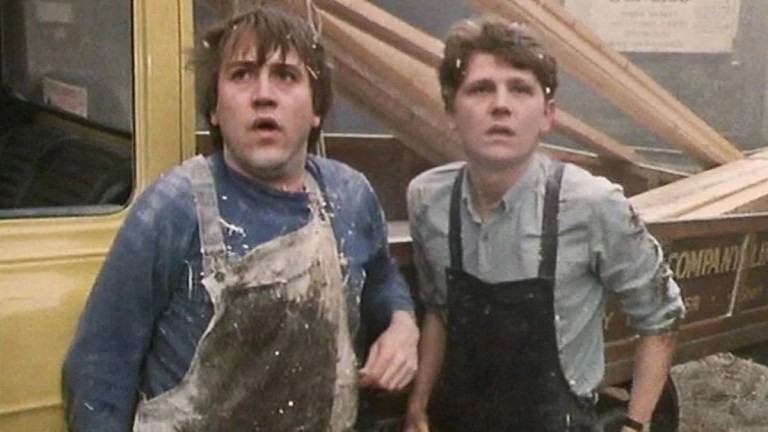
As our world becomes more antagonistic and less stable, turning to film to see what a nuclear war may look like is a terrifying ordeal. Not only is the prospect of immediate death scary, but survival means dealing with the fallout: radiation poisoning, global cooling due to nuclear winter, destruction of critical infrastructure and societal and economic collapse. Not all of these movies are of the horror genre but it doesn’t matter — the mass destruction of nuclear war and its impact on our individual survival is terrifying enough.
On the Beach (1959)

A post-apocalyptic drama film starring Gregory Peck, Ava Gardner, Fred Astaire and Anthony Perkins. Set in a (then) future 1964, nuclear fallout from World War III has killed most humans on Earth and radiation will slowly reach the last surviving city, Melbourne, Australia. American and Australian naval officers and scientists work together to confirm their fate and enjoy their remaining days of life.
Testament (1983)
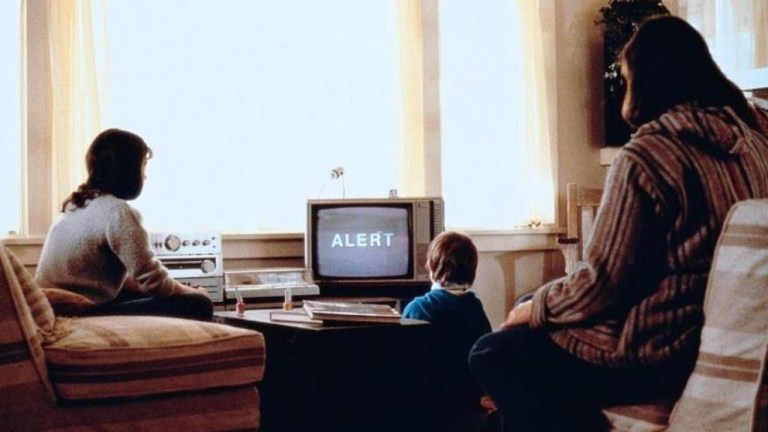
A dark drama film showing the collapse of a small town, Hamelin, in the greater San Francisco Bay Area after the outside world is destroyed by nuclear war. A regular suburban day is interrupted when television shows suddenly go off the air and are replaced with a news announcement that nuclear devices were detonated on the East Coast. With radio silence from all major cities, the town decides to move forward with a high school performance of the Pied Piper of Hamelin. The next day electricity stops working and food and gas shortages start. Town members start to die from radiation poisoning. With no hope and nothing to do other than wait for death, the residents of Hamelin come to terms with their fate.
The Day After (1983)
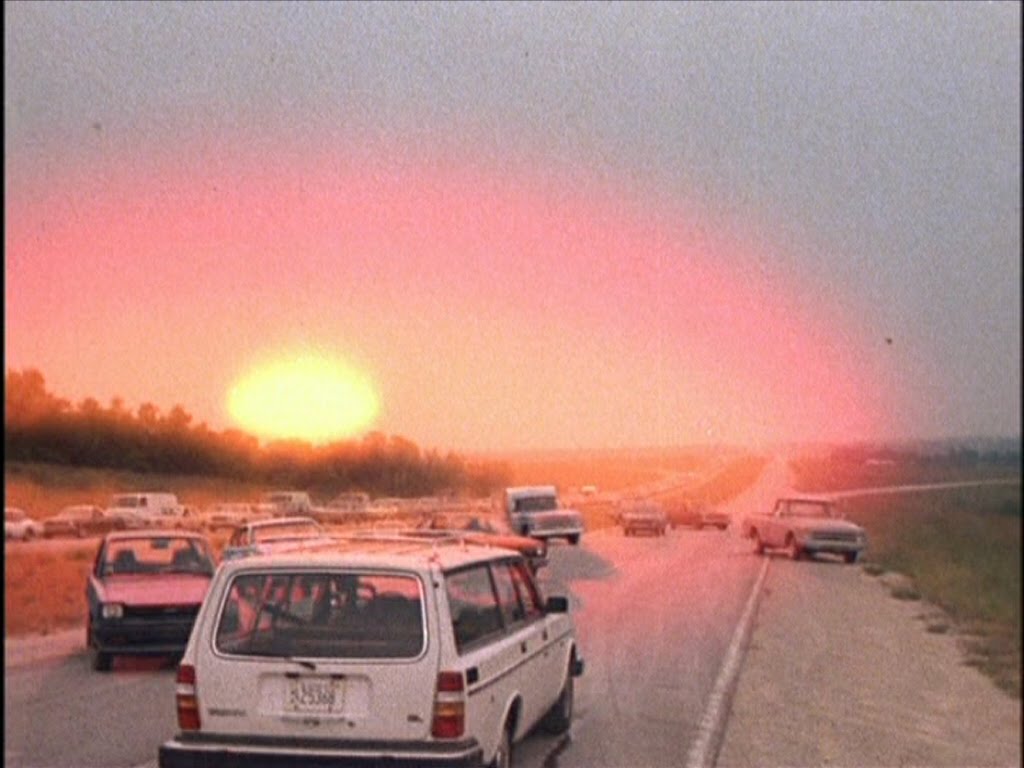
The Day After was an incredibly successful television movie that was watched by 62% of viewers during its initial broadcast. It was the highest-rated television movie of all time until 2009. The film follows an ensemble cast of characters in the greater Kansas City, Missouri area as a nuclear war begins between the U.S. and the Soviet Union. Heartland residents panic buy supplies and an EMP destroys the electrical grid and renders vehicles useless. Nearby military bases are nuked. Going outside becomes fatal. Looters are executed without trial while the president makes radio speeches about freedom and democracy. As the end credits roll, a disclaimer warns viewers that The Day After is fictional and a real life nuclear war would be “much worse” than what was depicted on screen.

Threads (1984)
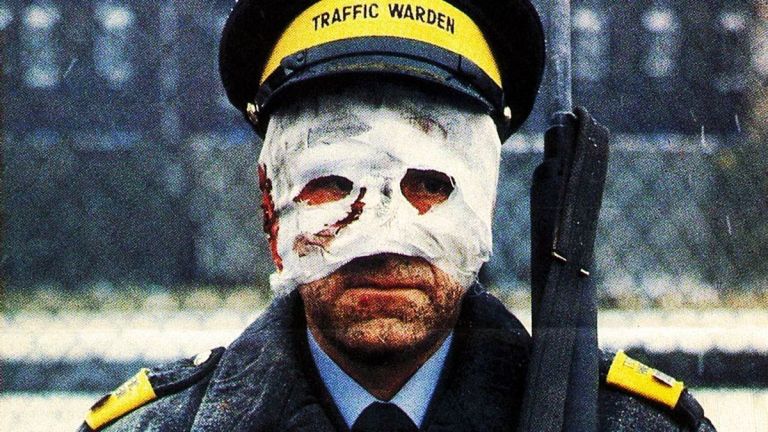
A powerful apocalyptic war drama television movie set in Sheffield, England during and after a nuclear war between the United States and the Soviet Union. After the American military deploys a nuclear weapon at a Soviet base in Turkey, Britain descends into chaos as people panic buy and loot supplies. Sheffield authorities are given unprecedented control over citizens, phone lines are cut and travel is restricted. 12 to 30 million Brits are killed in subsequent nuclear attacks and the remaining citizens are basically left to survive on their own. Months and years later chaos still reigns as the country deals with violence, food scarcity and permanent damage to quality of life (cataracts, cancer, infertility).
Further reading:
